Hosta
₹750.00 Original price was: ₹750.00.₹700.00Current price is: ₹700.00.
(MRP Inclusive of all taxes)
- Shipping Rs 100 for entire order
- Dispatch in 8-10 days
- Country of origin: India
Description for Hosta
Designating any one plant the “perfect” perennial invariably provokes a lively debate among gardeners. However for gardening in the shade, one plant stands head and shoulders above the rest. Hostas are shade-tolerant, low maintenance, quite forgiving, incredibly elegant and, quite possibly, habit-forming.
Hostas are hardy, herbaceous perennials meaning they emerge each spring from winter dormancy. Unlike many perennials, they are primarily grown for their foliage.
Planting and care
Hostas are generally purchased as potted plants which means they can be planted any time during the growing season including summer and fall as long as adequate moisture is provided. Work organic matter into the soil at the time of planting.
If the hosta is root-bound in the container, tease the roots loose before planting. Use a root stimulator solution at the time of planting to encourage root growth, then mulch to a depth of 1″ to 1-1/2″. Keep the soil evenly moist for at least a couple of months or until the plant is established.
Caring for Hosta
- Once your plant is established, hosta care becomes a matter of simple maintenance.
- To keep your growing hostas healthy, fertilize them each spring with an all-purpose garden fertilizer.
- Additional summer fertilizing may be helpful, but not necessary.
- Granular fertilizers should never sit on the leaves.
- Another difficulty in hosta care is slugs, which leave unsightly holes in the leaves.
- A light scattering of sand around your plants will help keep them away.
Typical uses of Hosta
Special features: na
Culinary use: na
Ornamental use:
- Hosta plants are a beautiful addition to any garden and fit well in a variety of spaces, ranging from a few inches to four feet across. Care of hostas is easy and now you’ve discovered the basics of how to grow hostas, you will find them a welcome addition to your yard.Medicinal use: na
Be the first to review “Hosta” Cancel reply
Related products
Indoor Foliage Plant
Indoor Plants
Indoor Plants
Indoor Plants
Indoor Foliage Plant
Indoor Foliage Plant
Indoor Plants
Indoor Plants


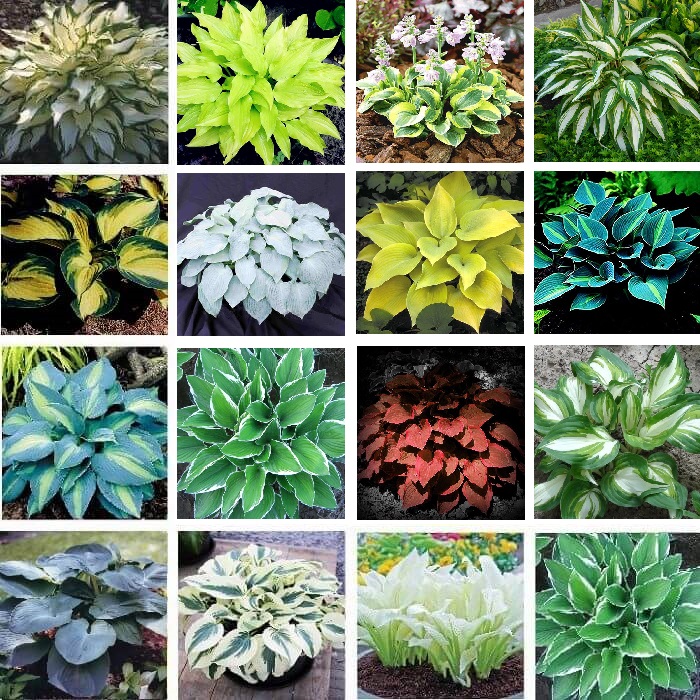

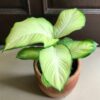
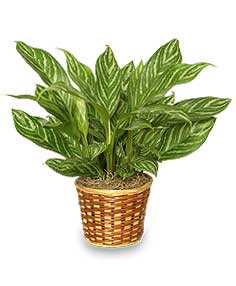
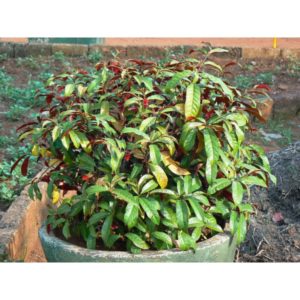
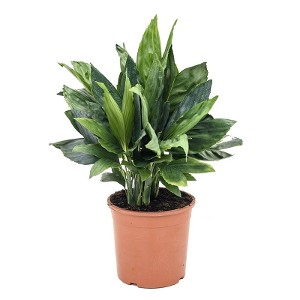
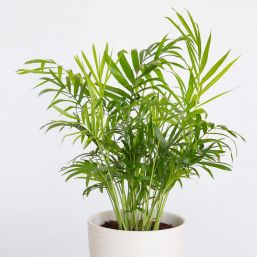
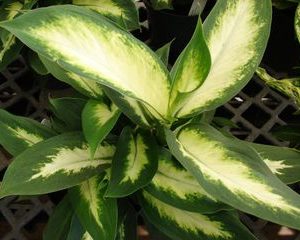
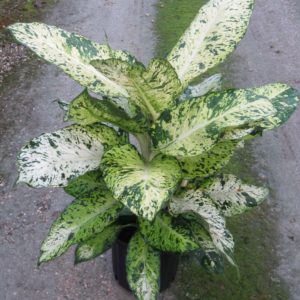

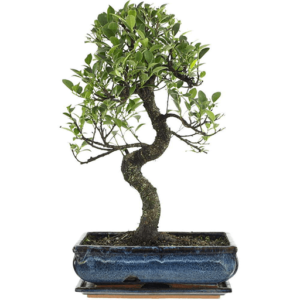
Reviews
There are no reviews yet.